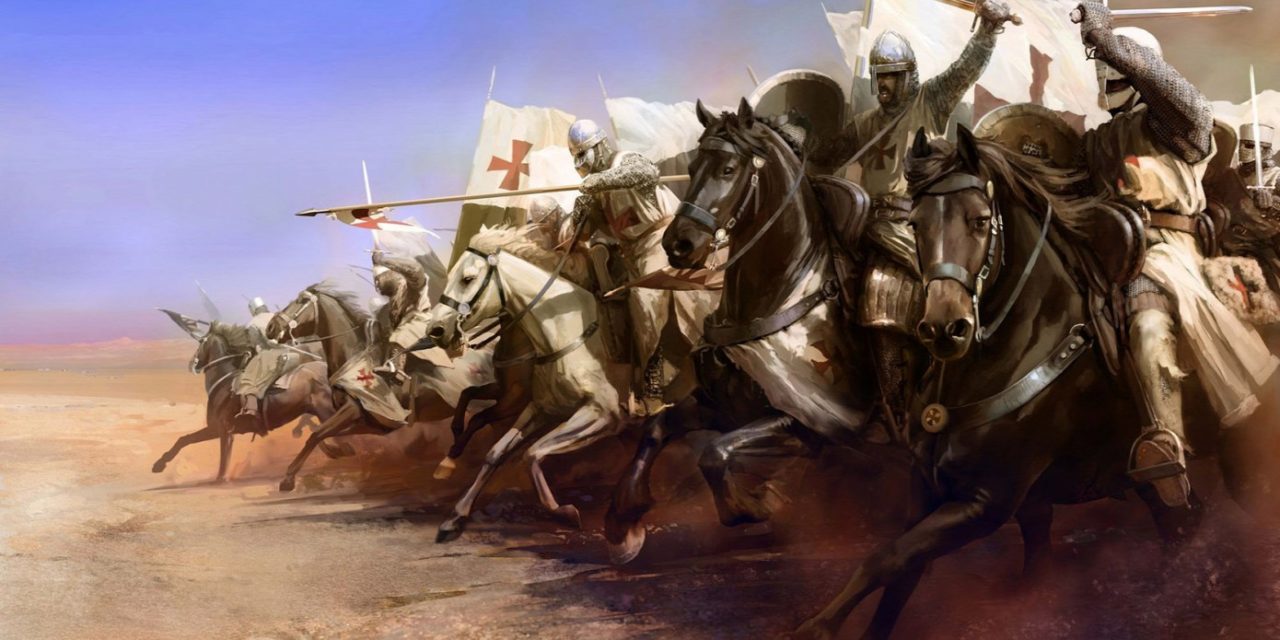A nation that does not know its past does not understand its present, and cannot create its future!"
Europe needs Hungary... which has never let itself be defeated.
Economic measures
At the beginning of the 14th century, the tax system operating during the Árpád era was only partially operational. One of the most important reasons for this was the significant decrease in the size of the royal land holdings. Another reason is the expansion of trade routes and changes in trade partners. Furthermore, the tax system, although this was the case in all eras, was also affected by the urgent transformation of the organization of the royal forces.
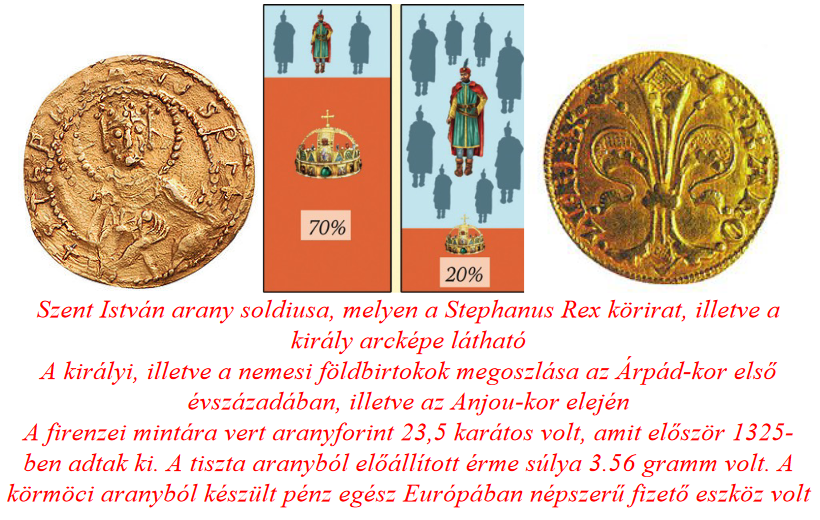 New methods had to be found to fill the treasury, which Róbert Károly successfully solved.
New methods had to be found to fill the treasury, which Róbert Károly successfully solved.
The lost income due to the lack of royal estates was compensated by the rich gold and silver mines in the Highlands and Transylvania. These mines were known before. However, given that the landlord had to submit all the precious metal contents of the mine unearthed on his own property to the royal treasury, the owners hid the deposits.
Róbert Károly made the owners interested by transferring part of the mine's income to them.
Furthermore, even the miners themselves benefited from the mine's income. This was the mine wage. The ore from which the gold and silver were extracted could only be sold at the royal exchanges.
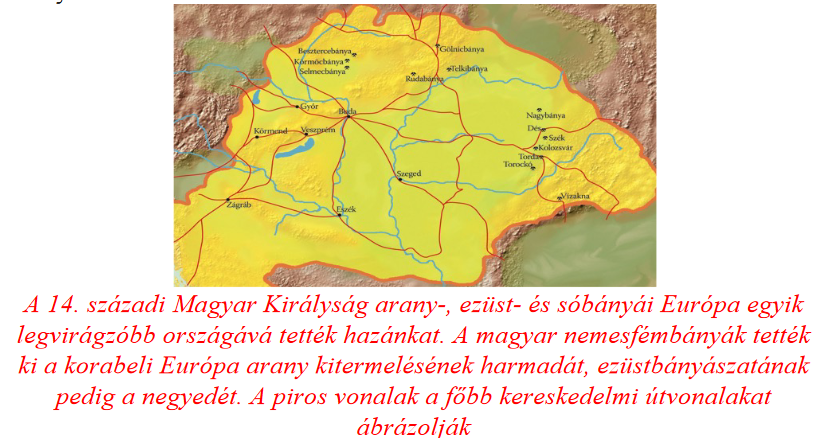
However, Róbert Károly was also able to increase his income from other sources. The good Hungarian forint attracted many foreign merchants to Hungary, which brought another significant income to the royal treasury. At the border, all merchants, whether they brought in their goods or exported Hungarian products, had to pay a duty of thirty. This meant that the merchant had to pay one-thirtieth of the value of his goods into the royal treasury. (For example, if the merchant exported a masa of salt to a neighboring or more distant country, he had to pay the price of 3.33 kg of salt at customs.)
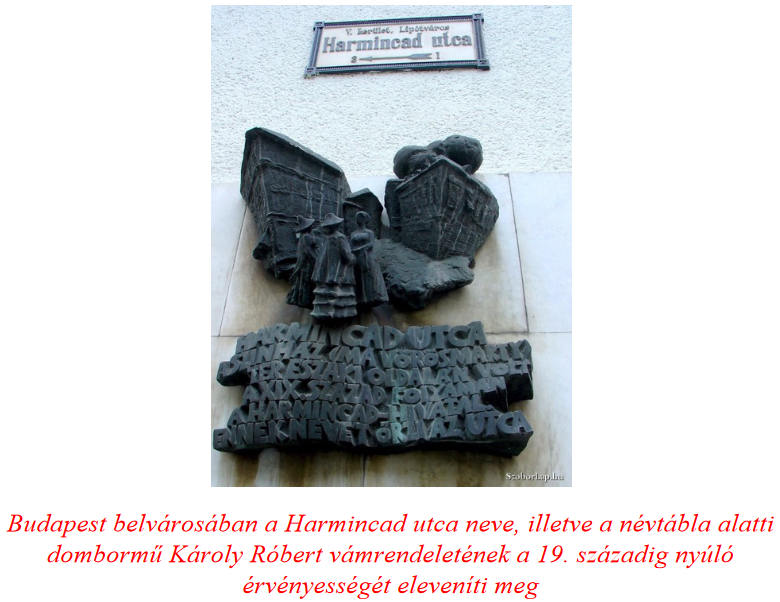
The gate tax, which the serfs paid for their houses and plots of land, was also considered a significant income. The type of tax introduced in 1336 is also referred to as the portal tax. This was taken after every plot of land, through the gate of which a hay wagon could enter. (The amount of the tax was 18 denars. The denar was introduced as a currency in 1339.)
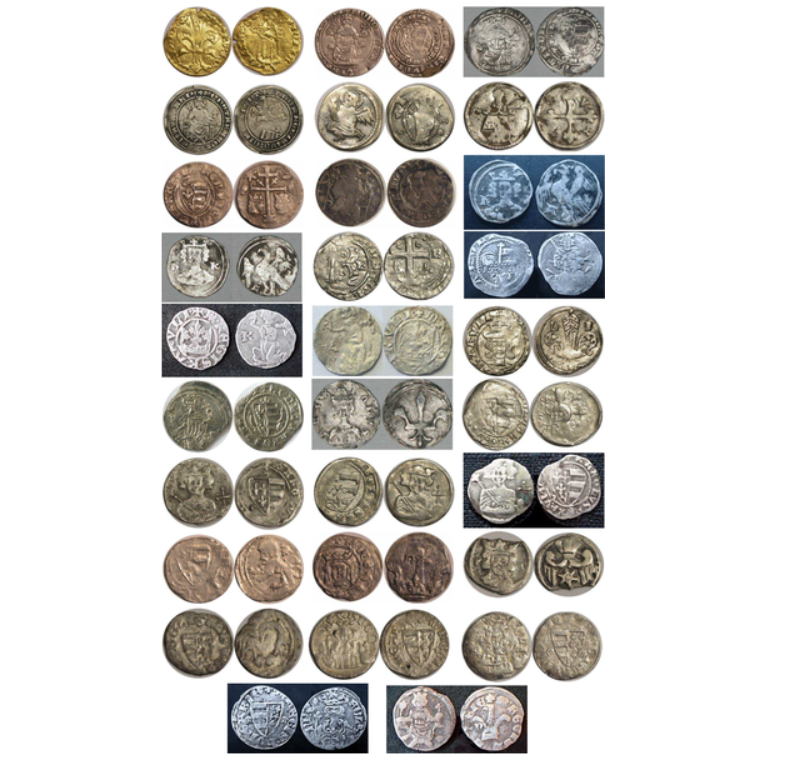

In addition to the economic measures described so far, Róbert Károly also levied extraordinary taxes from time to time, if necessary.
increase the revenue of the treasury , the king did not shy away from renting out his own lands.
The leader of a country is willing to take these and similar steps - both in the past and in the present - if he knows that the economic indicators are in a rising state, or if it is standing on several legs. The King of Anjou knew this well, so he decided to take bold steps.
Róbert Károly's army reform
Traditionally, the King of Anjou is credited with the formation of the banderial army.
were already present
in the Árpád era lead their soldiers into battle under their own crested family flag A lord battalion consisted of 50 heavy armor. In addition to one heavy armorer, nine auxiliaries were usually needed, resulting in a banderium consisting of a total of 500 men.

In the 14th century, Károly I did not develop the banderial system, but the honor system. This meant that the basis for the display of the flag was the attachment to honor (the existence of position, dignity, service estate). The holder of the honor had all the income belonging to the honor that would otherwise belong to the king. In exchange for this, if necessary - at the king's summons - the owner had to go to war with all his war-capable people. (Those who did not march at the given time and place could expect a severe punishment.)
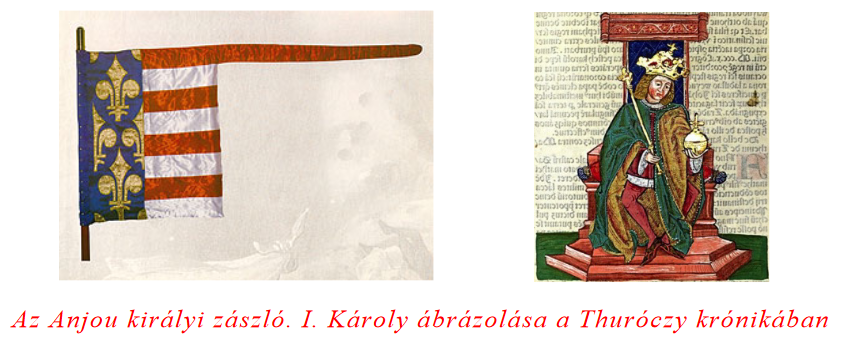
Róbert Károly, in addition to the battles against the petty kings, also led a few campaigns, of which he himself led the Havasalföld march. It was then that the Battle of Posada against the Havasalföld prince Basarab took place, which took place near Törcsvár in the southern Carpathians. The bloody battle that took place over four days in the fall of 1330 ended with the defeat of King Károly. The course of the battle is described in detail by Márk Kálti in the Képes chronicle commissioned by King Louis the Great . The miniatures depicting the battle are the last pictures of the chronicle, of which three were made. The text that records the event is the last sentence of the codex. It is so last that the sentence is interrupted in one place, which the chronicler never finished.

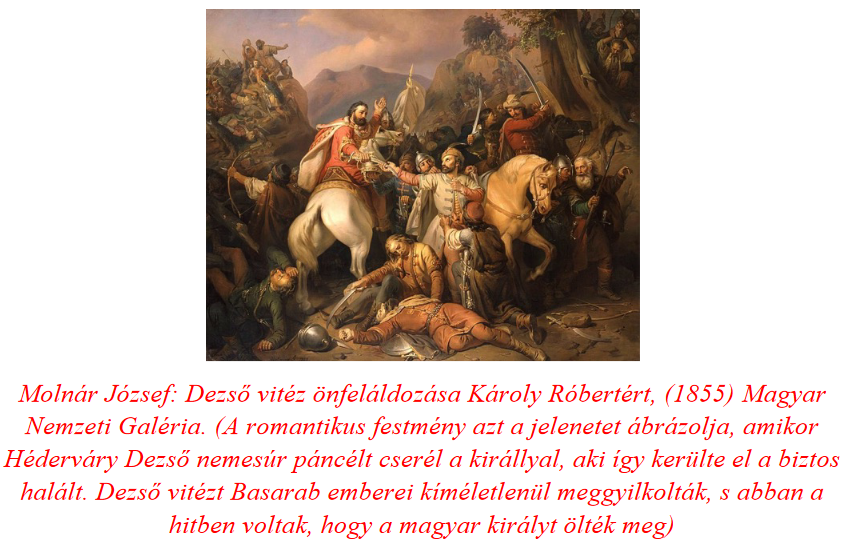
Róbert Károly's foreign policy
The Hungarian king's foreign policy continued the centuries-old aspirations of the Árpáds.
On the one hand, the protection of the country's borders, the recapture of southern territories, and the conquest of new ones. As we have seen, the Havasalföld campaign ended in failure, and Károly was also unable to recapture Dalmatia and Slavonia. The military actions launched against Bosnia and Serbia, however, were successful.
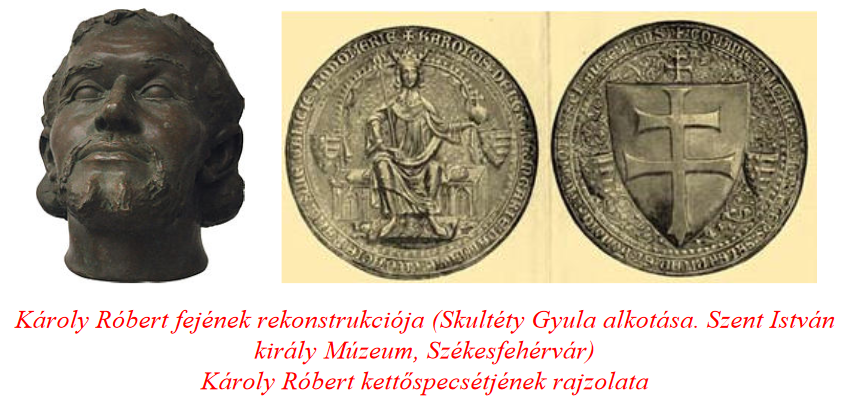
Róbert Károly's most successful diplomatic initiative was the organization of the royal meeting in Visegrád. The southern policy of the Hungarian king showed itself more on the battlefields, towards the west it was not possible to reach an agreement with Austria, but he was able to establish good relations with the Poles and the Czechs. arrived in Visegrád in the fall of 1335 . (Nagy) Polish Kázmér , Czech King János Luxemburgi
In general, it can be said about the meeting that contracts beneficial to all parties were concluded.
It is well known in the public mind that the rulers participating in the meeting were primarily concerned with matters of economic life and trade.
However, the agreements were much more nuanced. the economic results, bilateral and tripartite treaties on the military, succession to the throne, and peace between the hostile parties were also published.
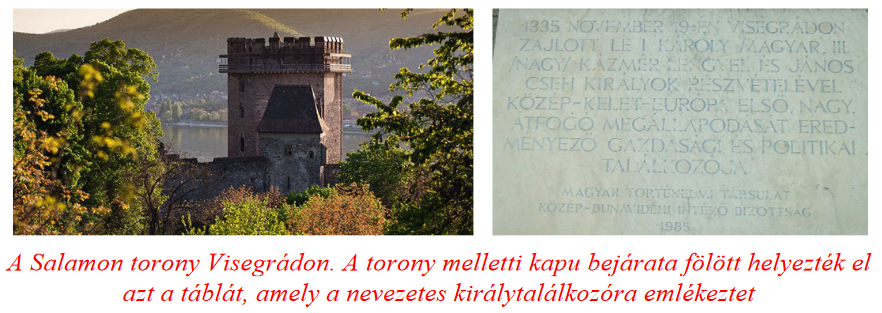
Thuróczy chronicle reports on the details of the hospitality : "In the year of the Lord 1335, around the feast of St. Martin the Czech king John and his son, Károly , and the king of the Poles came to Hungary, to Visegrád castle, to visit King Károly to conclude an eternal peace agreement there. This happened. From the generosity of the Hungarian king, two thousand five hundred loaves of bread were given every day for the Czech king's lunch, and also in abundance from the royal food; and for the horses twenty-five meters of abrak for one day. And for the lunch of the Polish king, one thousand five hundred bread and provisions in abundance; one hundred and eighty barrels of wine were measured. The king of Hungary also presented the king of the Czechs with various precious jewels, such as fifty silver jugs, two quivers, two belts, a wonderful chessboard, two saddles of inestimable value, a dagger with a strap worth two hundred silver marks, and a mother-of-pearl shell of wonderful workmanship. Since the king of Poland was a taxpayer of the king of the Czechs, and since Charles, king of Hungary, married the sister of the king of Poland; The King of Hungary, Charles, gave him five hundred marks of the finest gold to redeem him from the tribute he had to pay to the King of Bohemia. It was also decided here that if any of these kings or their country were attacked by an enemy, the others were obliged to come to their aid. And this was confirmed among themselves with a great oath." ( György Rácz )
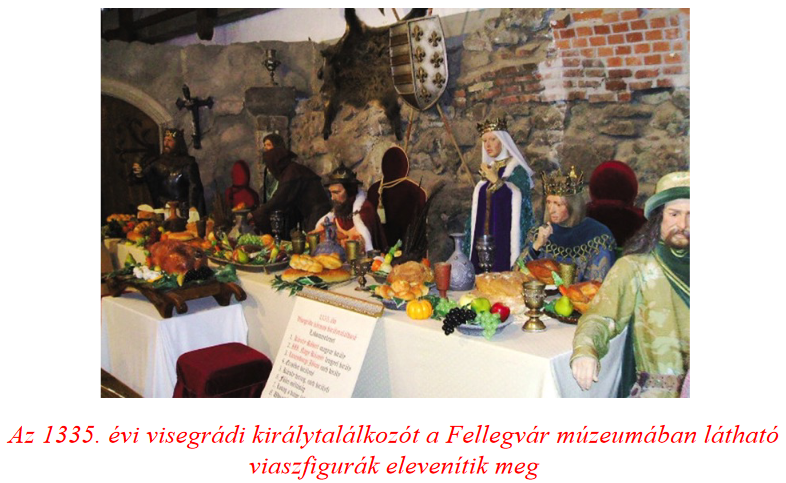
(Who wouldn't read the medieval text and recognize the origin of the treaty of the Visegrád Four /V4s/ founded on February 15, 1991, which is still valid today, and well-functioning Central
European countries?)
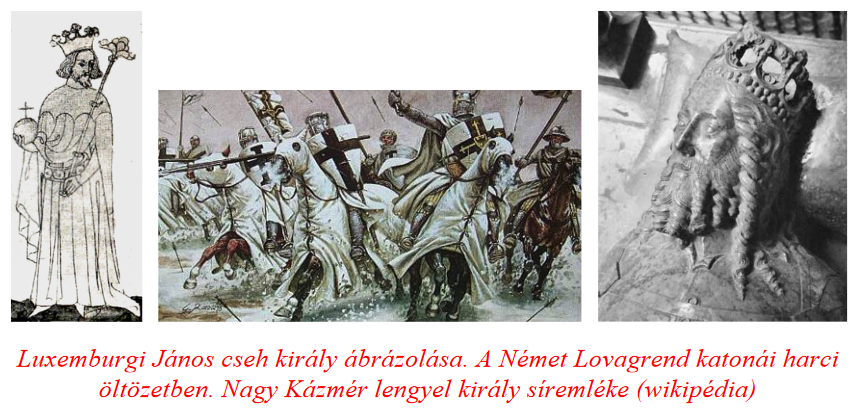
The significance of the royal meeting can be truly understood if we examine not only its consequences, but also its antecedents. The alliance between Róbert Károly and the Polish king dates back to 1320, when Károly married Elizabeth Piast For the Poles, Hungarian support was vitally important, as they fought a two-front battle with the Czechs and the German Knights. In 1327, Károly I and János Luxemburgi concluded an important economic agreement at the Great Saturday meeting, in the framework of which, for example, a common currency system was created. It was also in János' interest to conclude peace from a military point of view, because he was at odds with the Austrian princes (Habsburgs) and the German-Roman emperor.
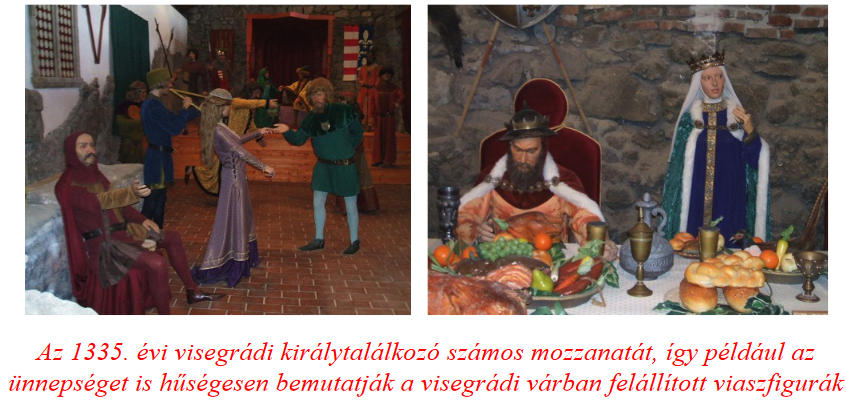
The antecedents also include the time when the Czechs and the Poles agreed on the cessation of hostilities in Trencsén in the summer of 1335, and new alliances were formed.
After that, the meeting in Visegrád took place, where, for example, King János of the Czech Republic renounced his claim to the Polish throne in favor of Róbert Károly. However, the Czechs and the Hungarians entered into an alliance in II. Prince Albert of Austria . Kázmér the Great had to give up Silesia and also resigned himself to the fact that the
Teutonic Knights could keep Pomerania. (Pomerania was bordered to the north by the Baltic Sea, to the south by the Warta, to the east by the Vistula River, and to the west by Reknitz. The entire history of Pomerania was determined by the territorial dispute with the Germans.)
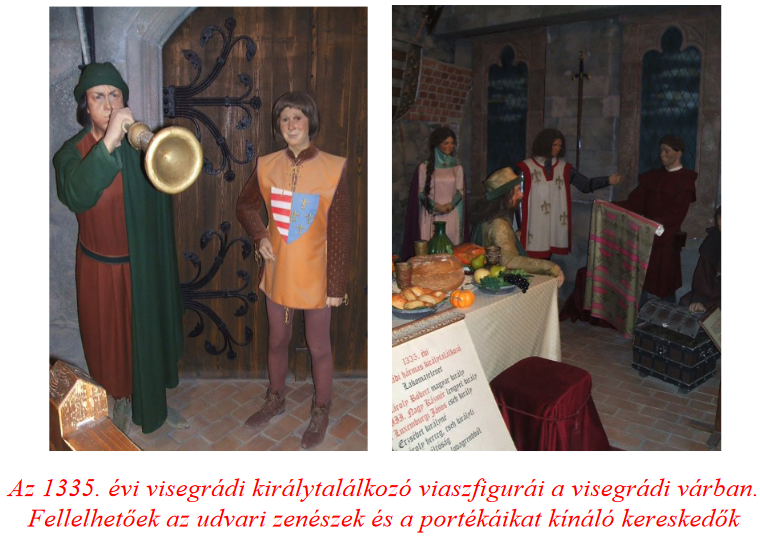
Regarding the royal meeting, it is also important to mention the direct consequences. The Czech king occupied the northern territories of Austria, and King Károly recaptured Muraköz and expelled the Kőszeg family from the western territories. The Anjou claim to the Polish throne - although linked to the Visegrád meeting - did not actually take effect until 1339. In exchange for this, the Hungarian king had to help his brother-in-law against the Teutonic Knights.
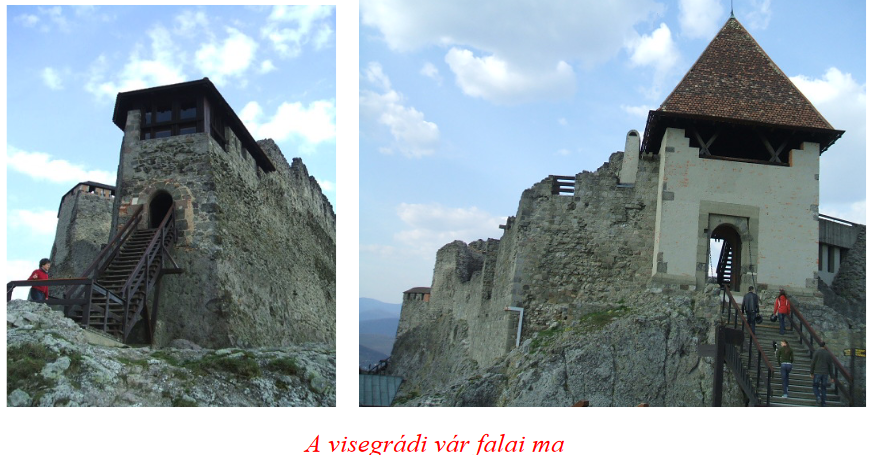
It is worth mentioning the economic policy cooperation, according to which a new trade route was designated on the Buda-Brünn, Esztergom,
Nagyszombat, Holics line, thus avoiding the right of the city of Vienna to stop goods.
Buda and Brünn, on the other hand, received full right to stop goods, and Kassa became the commercial center of the eastern parts of the country.
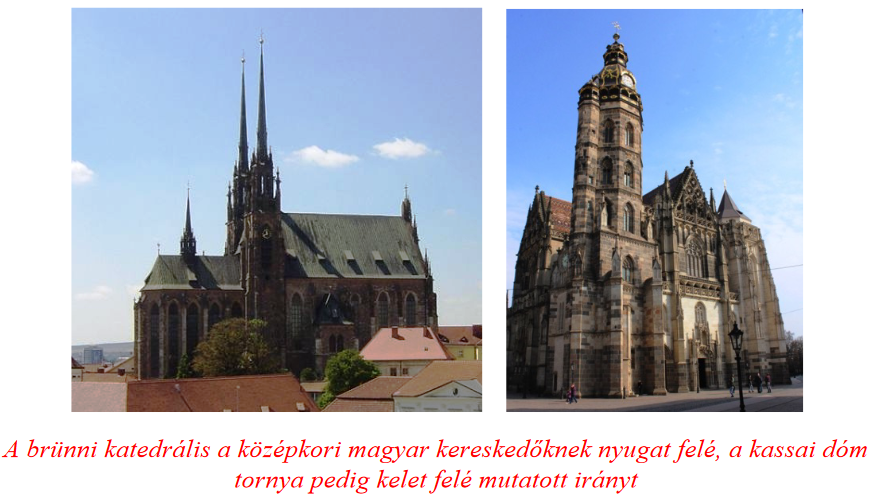
Author: Ferenc Bánhegyi
(Cover image source: wallpaperdesktop.com)
The parts published so far can be read here: 1., 2., 3., 4., 5., 6., 7., 8., 9., 10., 11., 12., 13., 14., 15., 16., 17., 18., 19., 20., 21., 22., 23., 24.

